One definition of insanity is doing the same thing over and over and expecting a different result. Fortunately, when it comes to Oceanside’s disappearing beaches, the city of Oceanside is finally doing something different.
That something different is called Rebeach — a coastal preservation design competition — and the first efforts were on display in a workshop Tuesday at the city council chambers. The three hour workshop include an 88 minute presentation that has been uploaded to YouTube; the city is accepting public feedback through September 30 — and also invites resident to attend the October 17 and December 13 workshops.
How We Got Here
A lack of sand is a problem for much of the Oceanside Littoral Cell that extends from Dana Point to La Jolla, including Oceanside. The issues are summarized by Save Oceanside Sand, a community advocacy group.
Since 2001, Oceanside and other government agencies have funded various efforts at sand replenishment i.e. dredging up sand and depositing it on city beaches. These efforts have emphasized the beaches near the Pier, and only rarely made it south of Wisconsin Street. Even so, the amount of sand remaining on these beaches today seems below the average during this period.
Compared to the tourist-serving beaches, South O beaches have suffered even more. Those of us who have lived in Oceanside for decades recall when Buccaneer and even Cassidy Street beaches had sand. Now we hobble over the cobble (muffin-sized rocks) to get into the Pacific, which discourages all but the most determined from venturing into the water.
The city and others in the county have spent the past decades blaming the Marine Corps for building the Del Mar Boat Basin in 1942 and thus blocking the southbound transport of sand along the beaches. Efforts by one (or even two) of 435 congressional representatives to force the US government to fix the problem have been (predictably) unsuccessful.
Meanwhile, the Army Corps of Engineers concluded that the city’s harbor contributed to the problem. Despite years of study, there are conflicting theories about the most important (and relative impact) of possible contributing factors — which, in addition to lateral transport of sand, might also include currents drawing sand offshore (or failing to return onshore).
The past 22 years have demonstrated that replenishment without retention matches the aforementioned definition of insanity. The Rebeach competition is intended to generate retention solutions that are scientifically, economically and politically feasible.
Rebeach Oceanside
In January, the city approved creating the Rebeach design competition, and promised to advertise the competition globally. The stated mission of the competition is “To construct an innovative, multi-benefit, sand retention project on the City of Oceanside’s beaches that serves both local and regional benefits” while the criteria include:
- Align with the community character and history of place within the City of Oceanside.
- Leverage previous analysis and feasibility studies completed to-date.
- Maintain a forward-thinking design that incorporates adaptive capacity of solutions to future coastal conditions while addressing chronic erosion issues.
- Be technically feasible, financially viable, and environmentally and socially acceptable.
In May, the city announced the 15-member selection jury. Later that month, the jury selected three design teams, which have been working with the city since then. The three teams were announced on August 1.
August 29 Workshop
On Tuesday, the city’s project committee introduced the three finalists, which each made a 20 minutes presentation about the ideas they developed over the past three months. The workshop attracted a standing room only crowd of more than 200 people — the most I’ve ever seen in the council chambers.
The three teams were (in order of presentation):
- Deltares (from Delft, Netherlands), Deltares USA (Silver Spring, MD) and the architectural firm MVRDV (Rotterdam). Three representatives discussed the various tradeoffs, provided examples from around the world, and promised to select from a catalog of previously successful coastal engineering approach. Among their three concept designs was building out a “green dream peninsula” at Buccaneer Beach to aid in sand retention.
- SCAPE Landscape Architecture (New York) with its earlier partner, the nonprofit Dredge Research Collaborative and the engineering firm ESA (Florence, Italy). The entire presentation was by a landscape architect from SCAPE’s San Francisco office. The presentation include converting Tyson Street beach into a “Dunepark” and building a “Cobble Crest” and “Nearshore Reef” at Buccaneer.
- International Coastal Management, a 34-year-old coastal engineering firm based on Australia’s Gold Coast near Brisbane. The firm was represented by its third most senior engineer, who emphasized the similarity of the beach preservation issues of California and the Gold Coast, including the importance of working with the surfing community. He presented more general ideas for sandbars and reefs.


The public had a chance to meet with the firms before and after the public presentation, but the city emphasized its desire to obtain public input using its formal online survey process.
Process and Key Players
Introducing Tuesday’s session were two key members of the city’s five-member project committee. One was Sam Carter from Resilient Cities Catalyst, a nonprofit consulting firm that is running the design competition, and has run more than 60 projects for local governments. It helped launch the San Diego Region Coastal Exchange to discuss issues such as coastal erosion.
The other was Jayme Timberlake, who for the past 16 months has been the city’s (First ever) Coastal Zone Administrator. In addition to beach erosion, she’s also involved in the Buccaneer Park refurbishment. The other three committee members represent RCC and GHD, a 95-year-old Melbourne-based engineering design company with more than 200 global locations, including 13 in California.
The decision of the council (and the city manager) to hire a full-time staffer to handle coastal issues — and start the competition — suggests that our city (unlike many other SD cities) is no longer doing the same thing and expecting different results. In addition to the city manager, Mayor Sanchez and two councilmen (Keim, Weiss) attended Tuesday’s session.
The jury has 15 members, five of whom are nonvoting. It includes five PhDs, one current and two former staffers of the California Coastal Commission, two coastal engineers and a marine biologist. Community representation includes four Oceanside residents: the heads of the local Audubon Society, the Chamber of Commerce, a charter boat company and Save Oceanside Sand, while a fifth public member (a director of Oceanside Boardriders) is also a city resident.
Among the 10 voting members are two councilmen, from Del Mar and Encinitas. However — perhaps as a testimonial to coastal insanity — Carlsbad has repeatedly criticized Oceanside for not collaborating but refused an invitation to collaborate in the jury process.
Going Forward
The plan is for the three teams to refine their ideas and present them two more workshops set for October 17 and December 13 (dates subject to change).
The schedule in the city’s April 26 guidelines concludes with the following dates:
- December 18: “Jury selects one preferred option to bring to City Council”
- January 1: “Consistency Review: GHD conducts consistency review of preferred design”
- January 22: “City Council Vote: preferred Design Team should be in-person”
The city’s guidelines state
Upon a passing vote, the winning design will move directly into final engineering and environmental compliance phases, with the GHD team. What sets this process apart from other, more traditional design competition processes, is its direct link to the engineering design and permitting phases for construction. The ultimate outcome of this process will be a shovel ready sand retention pilot project.
There are many opportunities for public participation in the next three months. Given how important the beach is to our community and our city, South O residents should avail themselves of every opportunity to provide input that influences the city’s eventual decision.


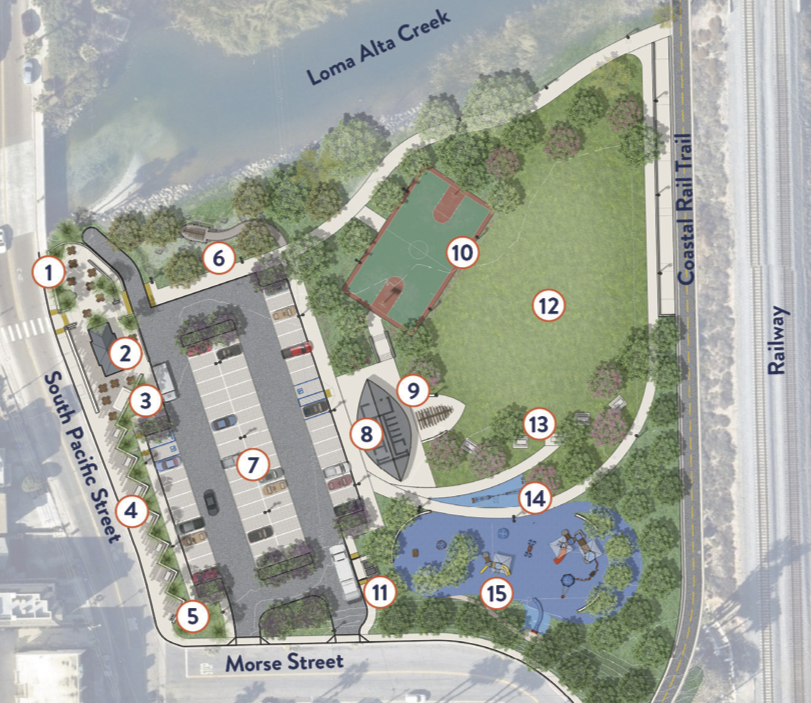
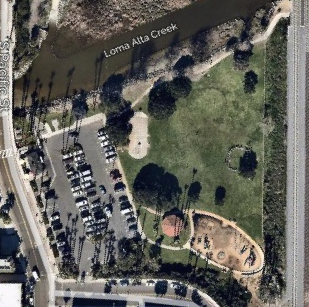
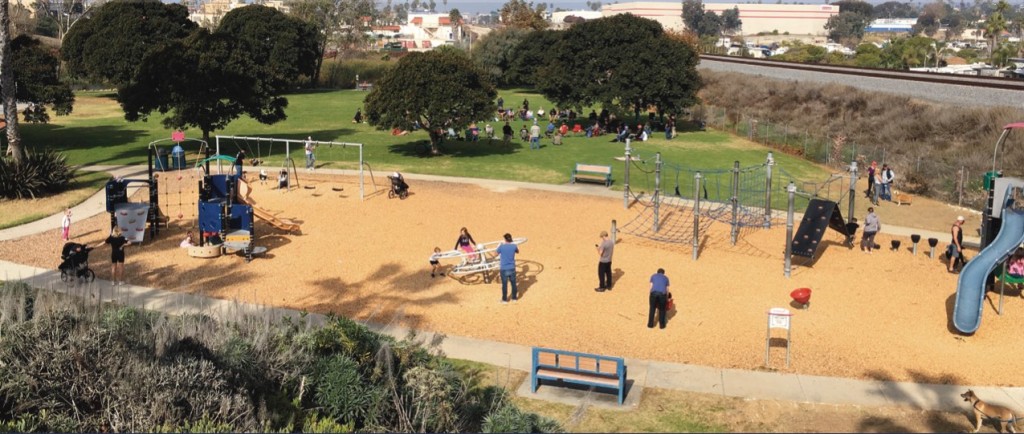
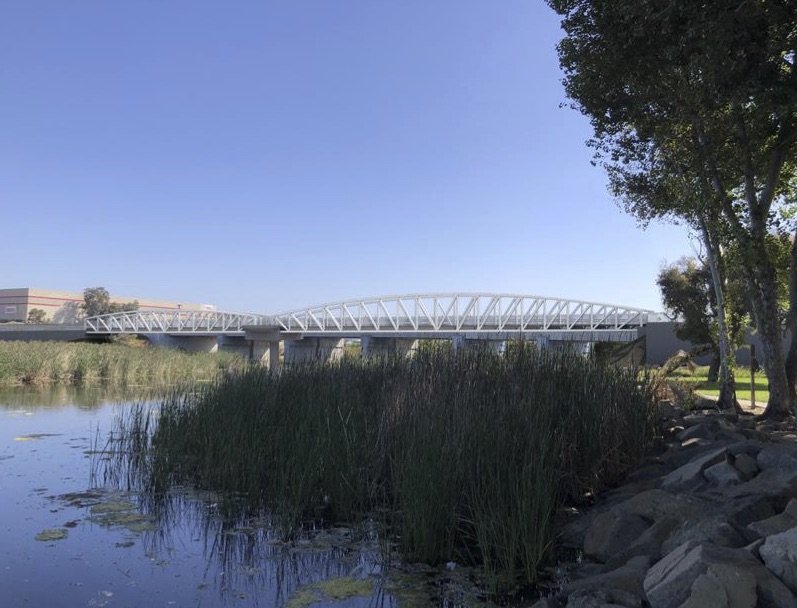
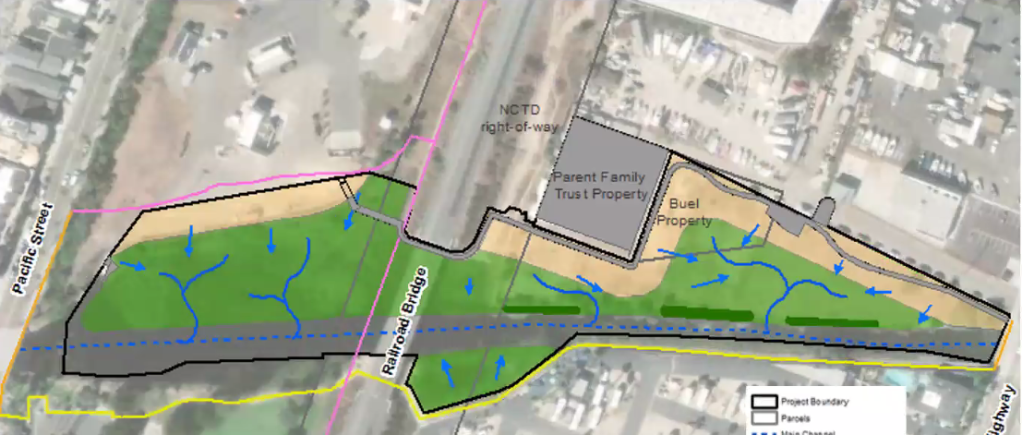

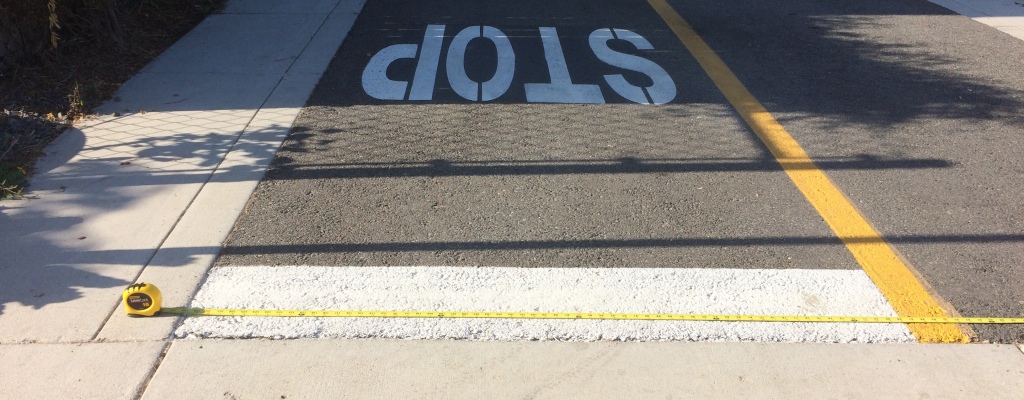
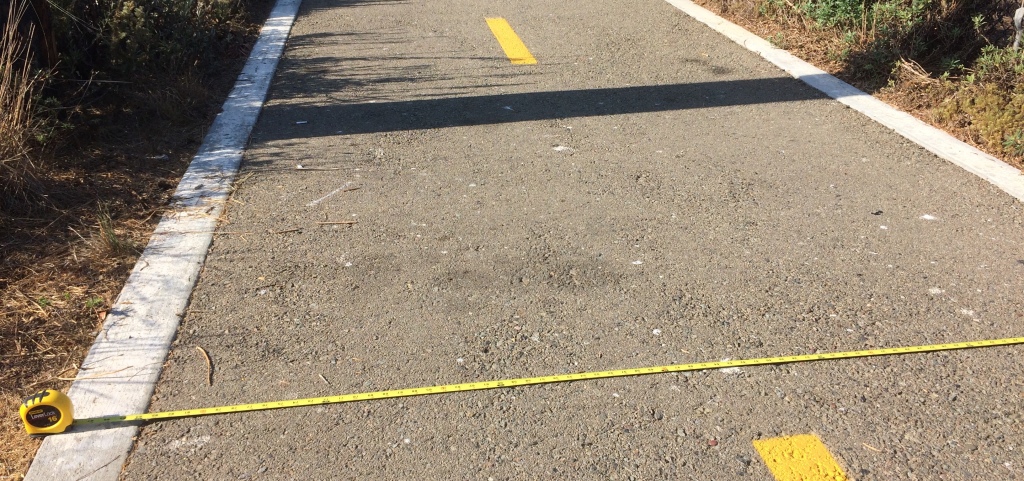
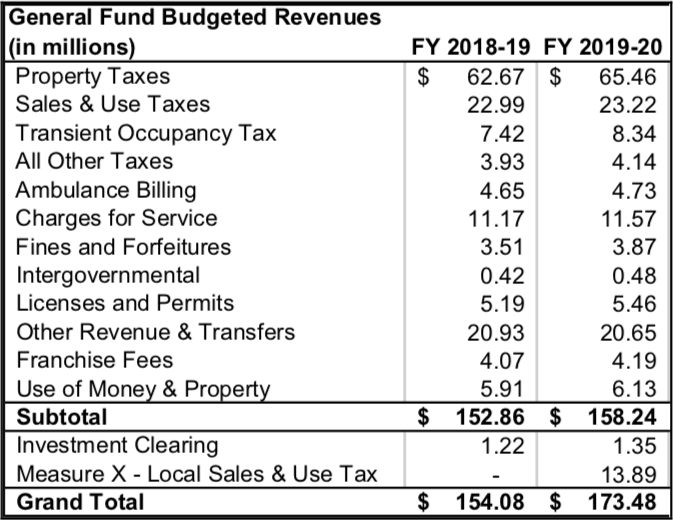
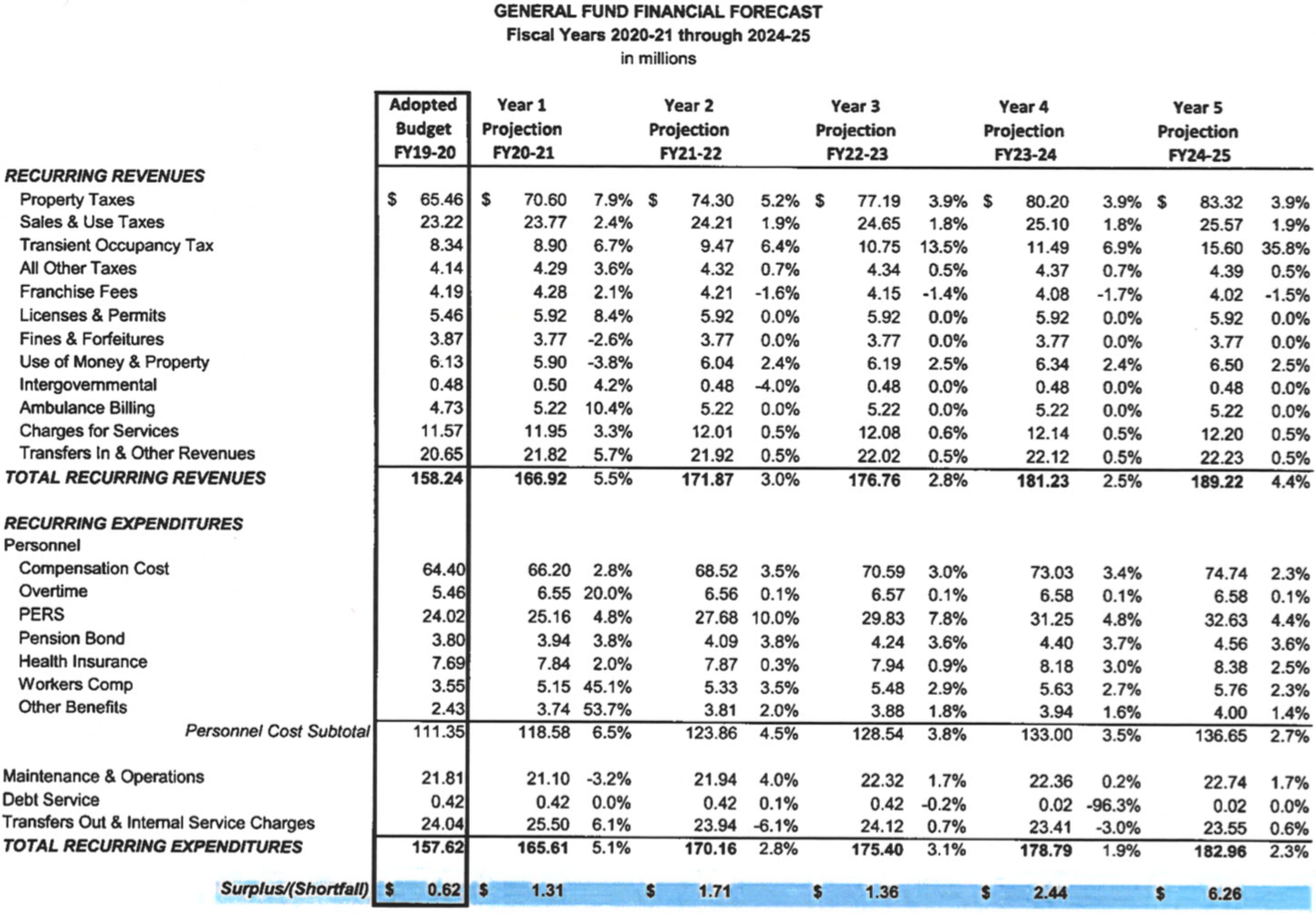
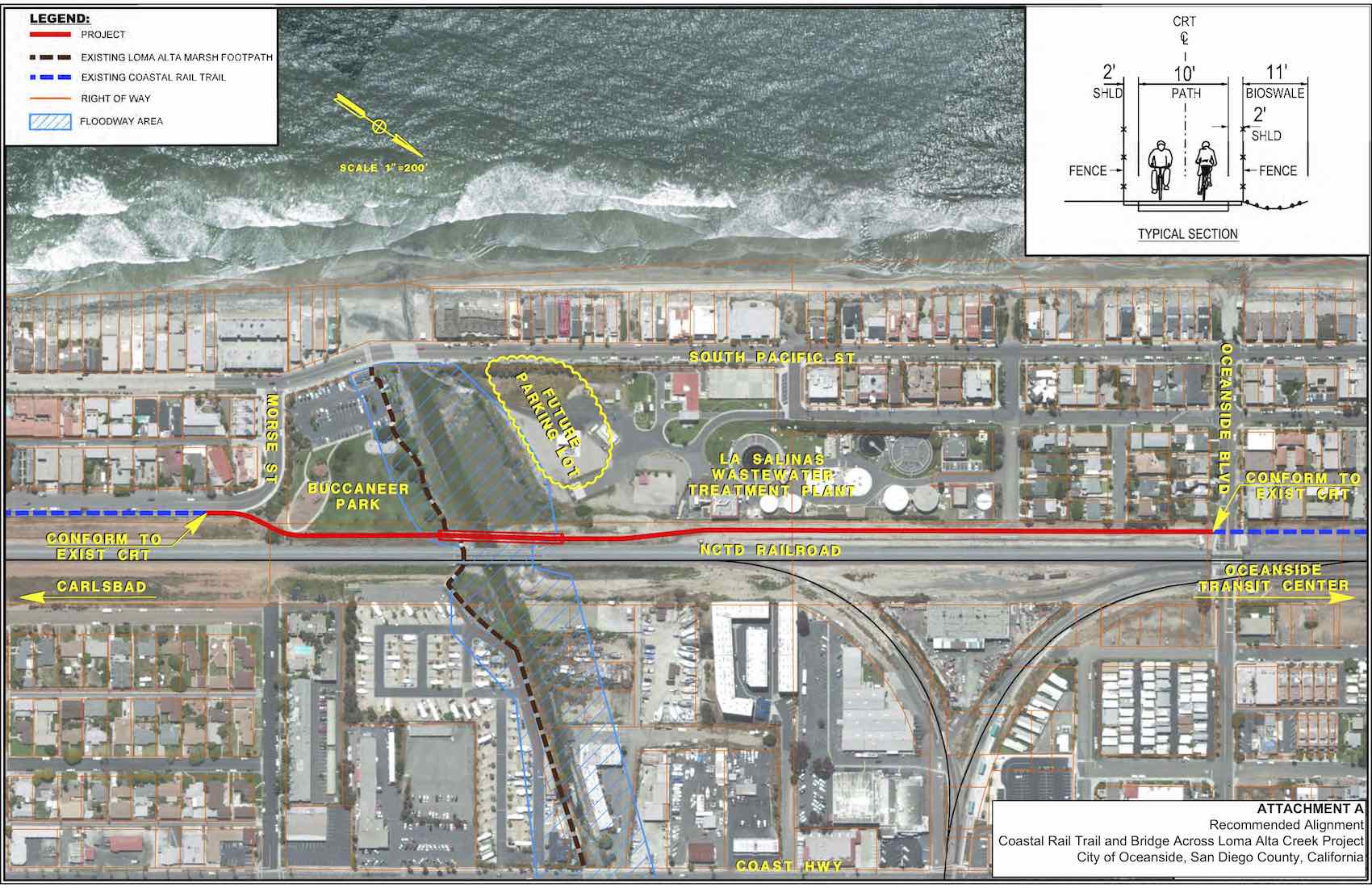
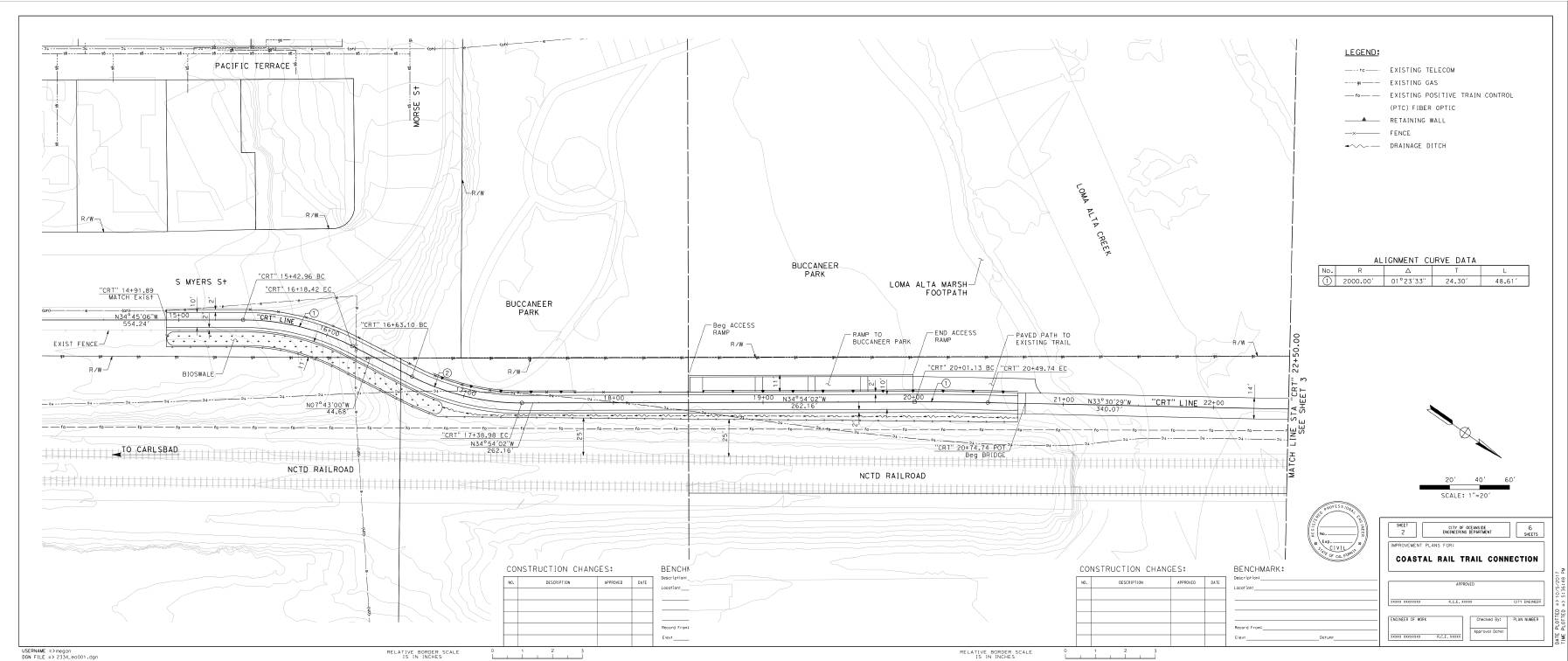
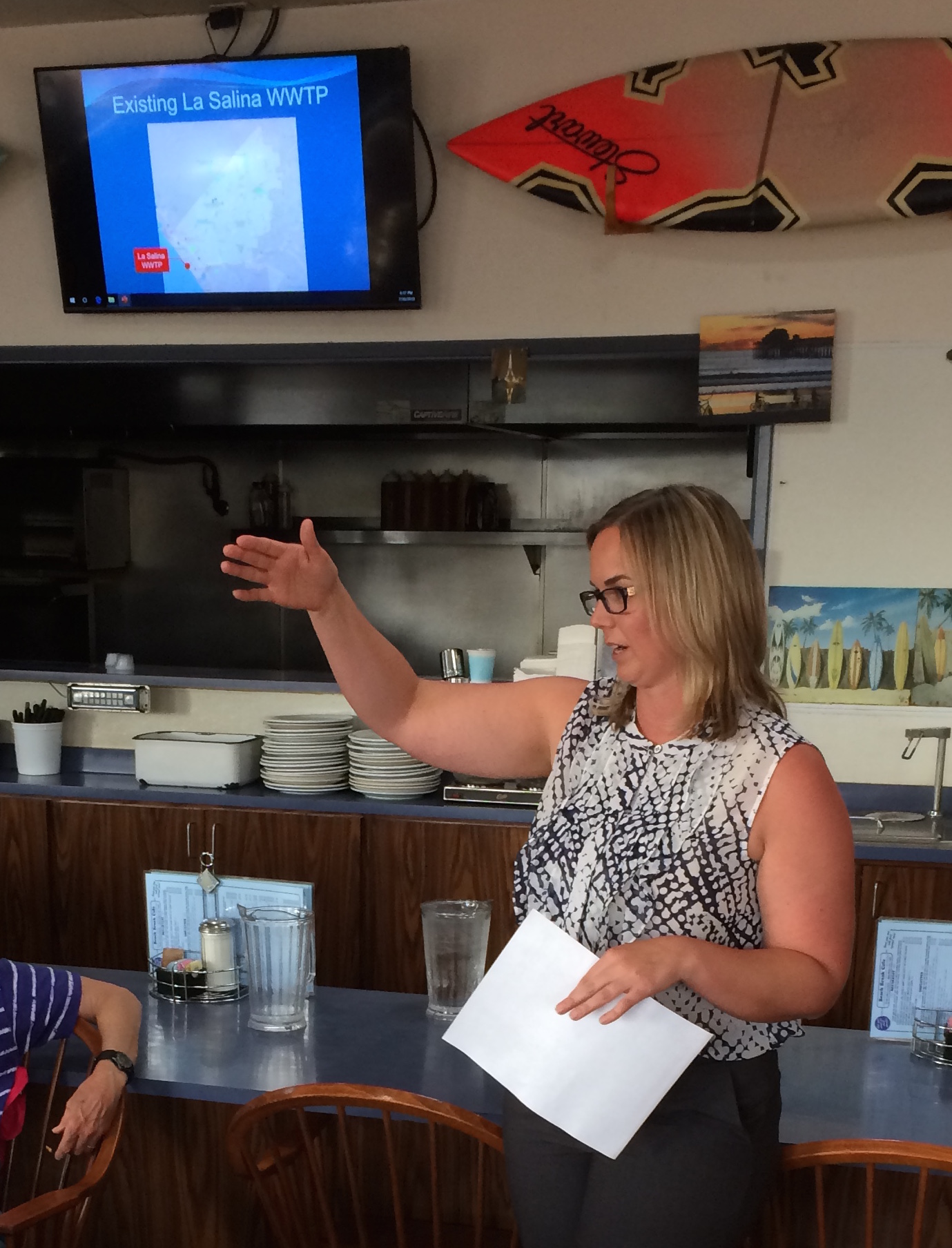 The specific project presented was the decommissioning of the
The specific project presented was the decommissioning of the 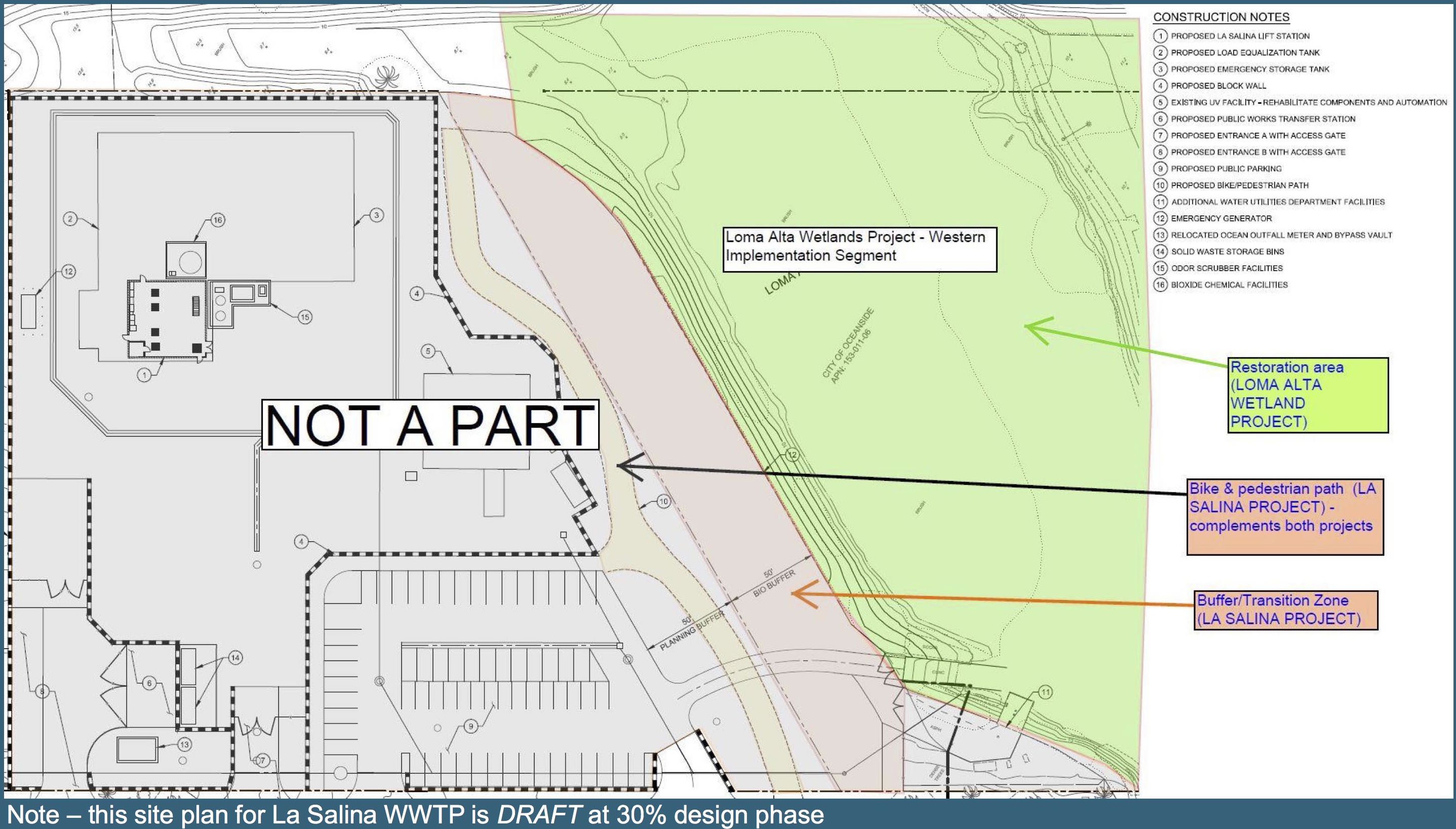 The creek (slough) restoration one of the 100 or so sites being restored by the
The creek (slough) restoration one of the 100 or so sites being restored by the 